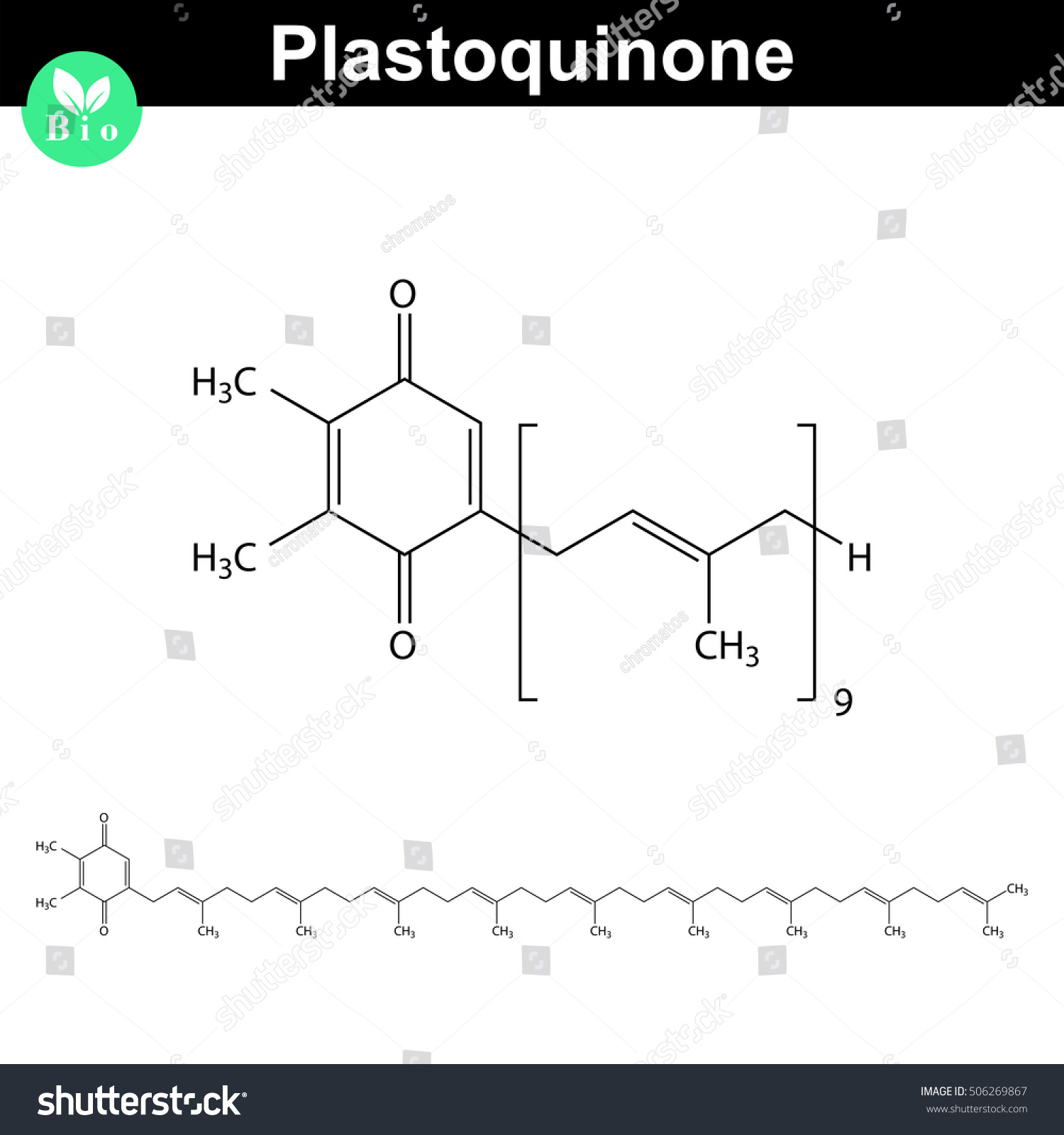Methyl-plastoquinone is emerging as a fascinating molecule that could shed light on some of life’s most profound evolutionary questions. This unique quinone molecule found in certain bacteria suggests that the pathways of photosynthesis and aerobic metabolism may have evolved simultaneously, challenging long-held beliefs. The significance of methyl-plastoquinone lies in its ability to bridge the gap between the production of oxygen through photosynthesis and the consumption of oxygen for energy in aerobic organisms. By understanding this relationship, we can gain insights into the Great Oxidation Event, which dramatically altered Earth’s atmosphere and paved the way for the evolution of diverse life forms dependent on oxygen. As researchers delve deeper into this discovery, it opens new avenues for understanding the intricate dance between oxygen production and consumption that has shaped the biochemical landscape of our planet.
The molecule known as methyl-plastoquinone, a derivative of the larger class of compounds referred to as quinones, plays a crucial role in various metabolic processes. These quinone structures are integral to both photosynthetic organisms and aerobic life forms, facilitating essential reactions that rely on oxygen. Understanding methyl-plastoquinone offers a fresh perspective on the dual evolution of oxygen-producing and oxygen-consuming mechanisms, which has led to a considerable shift in Earth’s biosphere. This intersection of biochemistry highlights the complexities of life that emerged during pivotal moments in Earth’s history, including the transformative period known as the Great Oxidation Event. As scientists explore the functionalities and origins of such molecules, they continue to unravel the intricate web of life’s evolution on our planet.
The Evolution of Photosynthesis: A Turn in the Oxygen Story
Photosynthesis represents a pivotal transformation in the evolution of life on Earth, allowing organisms to harness sunlight and convert it into chemical energy. This process not only fuels plant growth but also produces oxygen as a crucial byproduct. During the Great Oxidation Event, around 2.3 to 2.4 billion years ago, cyanobacteria began to flourish, dramatically increasing atmospheric oxygen levels. The emergence of photosynthesis created an aerobic environment where more complex life forms could thrive, paving the way for the evolution of diverse biological systems. This revolution in energy production is a testament to nature’s ingenuity and a fundamental turning point in our planet’s history that set the stage for aerobic metabolism, which utilizes oxygen for energy.
In studying the origins of photosynthesis, researchers highlight the intricate biochemical pathways that convert light energy into stored chemical energy. Through the process of converting water and carbon dioxide, plants and algae release oxygen into the atmosphere, altering the composition of Earth’s environment. The significance of photosynthesis cannot be overstated; it marks the sequence of events that led to the establishment of an oxygen-rich atmosphere, which is necessary for the aerobic respiration utilized by animals. As scientists decode these ancient pathways, they uncover insights into the evolutionary timeline that shaped life as we know it today.
Frequently Asked Questions
What is methyl-plastoquinone and its significance in photosynthesis and aerobic metabolism?
Methyl-plastoquinone is a type of quinone molecule that acts as a crucial component in metabolic processes. Its significance lies in its role as a potential missing link between photosynthesis and aerobic metabolism, showcasing how different life forms utilize quinones. This discovery may help resolve the evolutionary question of whether oxygen production from photosynthesis or oxygen consumption through aerobic metabolism came first.
How does methyl-plastoquinone relate to the Great Oxidation Event?
Methyl-plastoquinone provides insights into the Great Oxidation Event, a pivotal moment around 2.3 billion years ago when cyanobacteria became significant oxygen producers. Researchers suggest that certain bacteria might have already had the ability to utilize oxygen before this event, indicating that the evolutionary development of oxygen metabolism and photosynthesis could have occurred simultaneously.
Can methyl-plastoquinone be found in organisms other than plants?
Yes, methyl-plastoquinone was discovered in a nitrogen-utilizing bacterium called Nitrospirota, indicating that this molecule is not exclusive to plants but is a common feature across different life forms, highlighting the versatility of quinones in supporting various metabolic functions.
How does methyl-plastoquinone contribute to understanding the evolution of oxygen?
The discovery of methyl-plastoquinone aids in understanding that both the ability to produce oxygen through photosynthesis and consume it by aerobic metabolism might have evolved concurrently. This challenges the traditional view that photosynthesis was the precursor to aerobic respiration.
What role do quinone molecules, like methyl-plastoquinone, play in cellular metabolism?
Quinone molecules, including methyl-plastoquinone, are essential in cellular metabolism, as they facilitate electron transport processes in different organisms, enabling the conversion of fuel into usable energy while managing the potentially harmful byproducts of oxygen metabolism.
What implications does the study of methyl-plastoquinone have for modern science?
The study of methyl-plastoquinone has significant implications for modern science as it offers a glimpse into ancient biochemical pathways, potentially influencing how we approach studies in biochemistry, evolutionary biology, and the evolution of oxygen in relation to life on Earth.
| Aspect | Details |
|---|---|
| Research Focus | Investigation of the origins of oxygen production by photosynthesis versus oxygen consumption by aerobic metabolism. |
| Key Discovery | Methyl-plastoquinone, a molecule that bridges characteristics of both photosynthesis and aerobic respiration. |
| Historical Context | Related to the Great Oxidation Event occurring 2.3 to 2.4 billion years ago. |
| Scientific Implications | Challenges the sequential thinking of evolution by suggesting that some bacteria could utilize oxygen before its production by cyanobacteria. |
| Quote by Felix Elling | “This molecule is a time capsule. A living fossil of a molecule that has survived over more than 2 billion years.” |
Summary
Methyl-plastoquinone is a significant molecule that offers insights into the evolutionary history of oxygen metabolism. This discovery enhances our understanding of how life adapted to harness oxygen through photosynthesis and aerobic respiration, suggesting that bacteria had the inherent capability to utilize oxygen prior to its widespread production. The findings provide a fresh perspective on a longstanding evolutionary debate and underscore the complexity of biochemical adaptation in early life forms.
